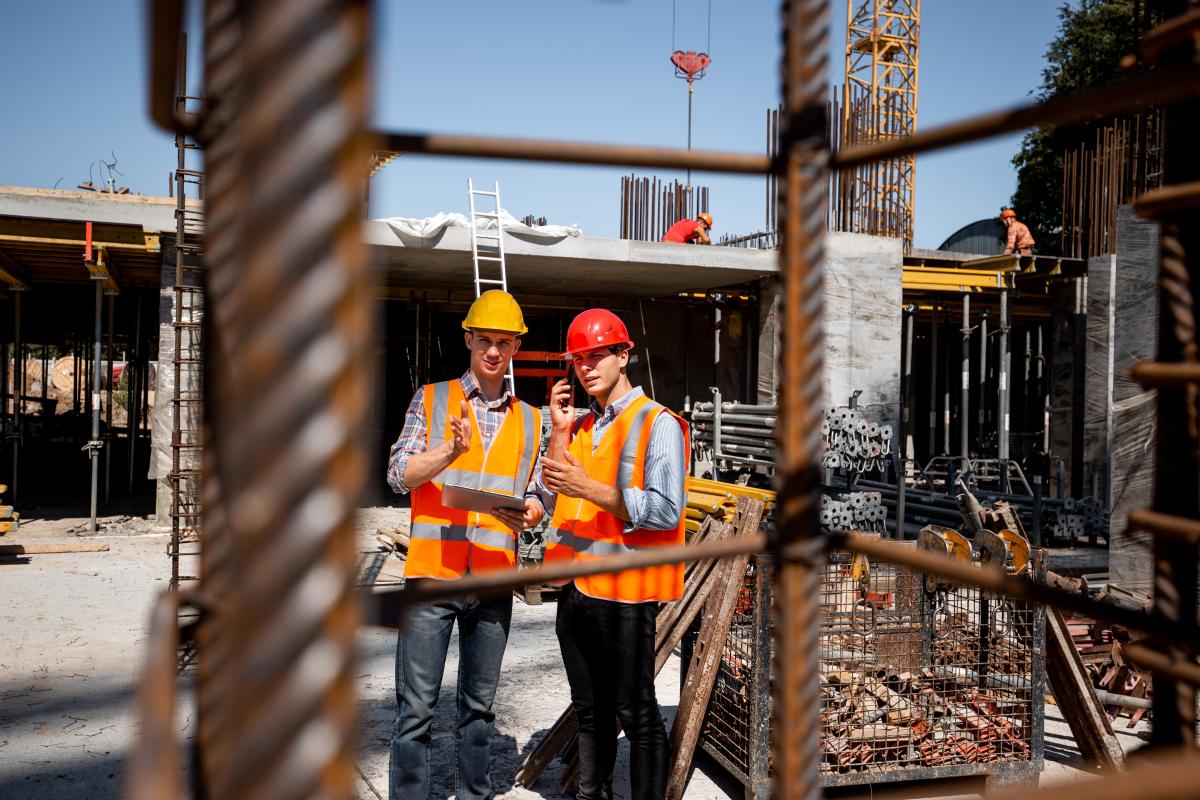
Staying Safe on Construction Sites: Preventing Workplace Accidents
Safety should be at the forefront of every project in the construction world. Despite safety protocols and technological advancements, construction sites still pose inherent risks. These risks lead to a variety of common injuries among workers.
To protect construction workers, we delve into the crucial topic of preventing common construction site injuries. From identifying potential hazards to implementing proactive safety measures, we'll explore strategies that protect the workforce and contribute to construction projects' overall success and efficiency. So, let's build a safer tomorrow by laying the foundation for injury prevention today.
Most Common Construction Site Injuries
The construction industry is one of the top industries notorious for posing tremendous on-job risk. To take precautionary measures, it is essential to understand the most common workplace injuries at construction sites.
- Slips and Trips: Slips, trips, and falls from heights are preventable. Yet, falls are the leading cause of death in construction. Accidents can happen without keen observation, whether from spills, leaks, or uneven surfaces.
- Falling Objects: Accidents caused by falling objects involve impact between a person and an object or piece of equipment. Among workers, body parts can get caught in machinery in the presence of jewelry or loose-fitting clothing. This is a prime example of injury due to harmful interaction with objects.
- Electrocution: As construction sites are full of exposed overhead and underground wires, electrocution is a scary reality. While burns are the most common result of electrocution, they can also lead to cardiac arrest or nerve damage.
- Traumatic Brain Injury (TBI): Many of these construction site injuries have the potential to lead to a TBI. Caused by a bump, blow, or jolt to the head, they severely impact a person’s day-to-day and work lives.
How Can You Prevent These Injuries?
- Equipment: While Personal Protective Equipment (PPE) is mandatory at construction sites, supplemental equipment should also be considered. For example, water should be accessible for employees on the job to prevent accidents as a result of dehydration. PPE is the first step in minimizing the risk of injury. PPE items include (but are not limited to)
- Hard hats or head protection
- Harnesses
- High-visibility clothing
- Steel-toed boots
- Safety goggles or glasses
- Gloves
- Hearing protection
- Awareness: Training employees to be situationally aware can lower the chance of injury. By acknowledging their surroundings, employees can resolve a potential risk before it becomes an accident. Training the eye to recognize hazardous signs takes time but tremendously aids construction site safety.
- Assessment: PPE is a starting point for minimizing injuries due to improper equipment. Without routine assessments of equipment and machinery, construction workers face threats to their safety. All equipment should be regularly inspected and approved for safe use.
- Communication: Communication is key. Clear directions and goals should always be conveyed to each employee at a construction site. When there is confusion about expectations, there is more room for accidents. Aside from clear and concise communication, companies should equip workers with devices like smartphones, walkie-talkies, or headsets for fast communication.
- Supervision: The role of a supervisor is not to be taken lightly. This individual is responsible for enforcing all safety protocols and staying informed on each employee’s whereabouts and tasks. The attentiveness of a supervisor could be the difference between a near-accident and an injury.
Taking steps to prevent workplace injuries is essential to minimizing harm. Still, accidents do happen. The safety and well-being of employees should always be a top priority for employers. If you have been injured on the job or fear that effective safety measures are not in place, we are here to support you. For any questions or to schedule a consultation, contact us at office@carrilloinjurylaw.com or 352.371.4000.
Sources
https://www.alertmedia.com/blog/construction-site-safety
https://esub.com/blog/improve-construction-site-safety
https://www.forconstructionpros.com/profit-matters/blog/21533151/caterpillar-cat-the-4-most-common-construction-injuries-and-how-to-prevent-them
https://ohsonline.com/articles/2022/12/23/the-most-common-injuries-in-construction.aspx
https://www.osha.gov/stop-falls
- Log in to post comments